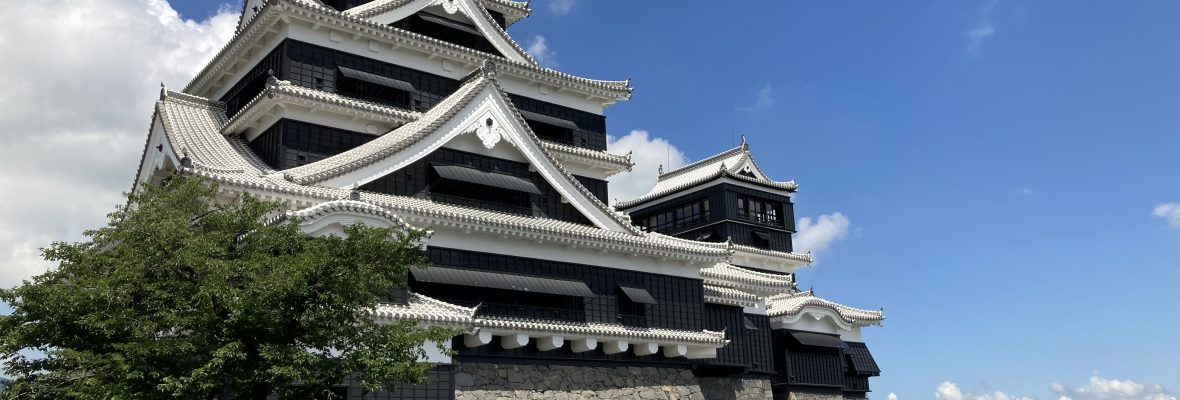The traditional lineage of bureaucrats who became part of the samurai feudal lords in Kyushu had two main feeder streams. These were the Fujiwara no Masanori (1113-1173) lineage, eventually known as Muto Sukeyori who eventually became the Shoni clan of Dazaifu, and the Okura Harumi clan who was the leader of the Fujiwara no Sumitomo (893-941) lineage.
Both families inherited a high ranked position in the Western Capital of Dazaifu. They managed all foreign trade into Japan via Kyushu ports including Hirado and Hakata, land development and they formed the Daibushidan.
Below-Ruins of the Dazaifu Western Government Buildings.


In 1119 Taira no Masamori had successfully managed his interests in the Chugoku and Shikoku regions then subjugated Taira no Naozumi in the Hizen region, which was his stepping stone into the heart of Kyushu. His son, Tadamori had been under the service of retired Emperor Toba gaining his trust. The Yamaga clan in central Kyushu who were descended from the Fujiwara donated Kameda manor to the retired Emperor.
In succession to Tadamori was Taira no Kiyomori who in 1158, was assigned Dazai no Daini (Senior Assistant Governor General) along with his younger brother Yorimori. The Taira clan were well aware of having two people in a high position in Dazaifu where they could monopolise profits from trade in and out of Kyushu.
After the Hogen War in 1156, Harada Tanenao of the Okura clan was assigned the position of Dazai gonna Shoni (Junior Assistant Governor General) and with the arrival of Kiyomori the two became close friends eventually resulting in Harada becoming a vassal of the Taira. The Okura clan owned vast territory in central Kyushu including Harada manor and could mobilise more than 2000 samurai horsemen. This relationship gave the Taira supreme power in the northern Kyushu region. The chief priest at Usa Hachiman Shrine was assigned to Dazaifu as Buzen no kami solidifying the Taira power among the influential religious order. Taneno Itai from the Okura clan married off his daughter to Kobo, a high ranking priest also connected to Usa shrine. The Taira solidified their power in all of northern Kyushu.
Below-Dannoura battle diorama
In 1180 Harada protected the retired emperor, Go-Shirakawa, then in Feb the following year fought together with Kikuchi Takanao to put a rebellion in Higo (Kumamoto) known as the Chinzei Rebellion, caused by anti-Taira factions in central Kyushu. It is recorded in the Tale of Heike that Harada also helped Emperor Antoku who fled Kyoto, offering his personal residence as a temporary palace to the young emperor.
Below-Shimonoseki Strait/Dannoura.


In 1185 The Taira clan used Kyushu as a base to recover from their losses at the battle of Yashima. Then, in the famous Battle of Dannoura in the straits of Shimonoseki Yamaga Hideto and Harada Tanenao along with a fleet of Matsuura vassals took on Minamoto Yoshitsune. Despite initially having the advantage over the Minamoto, the Taira army was defeated and after the fallout all of the Yamaga and Harada (3700 hectares) territories were confiscated bringing an end to the Taira.
Despite having Minamoto and Fujiwara roots the samurai lords of Kyushu became influenced by the Taira clan. Dazaifu was a powerful governing center in the west but the Fujiwara had lost its influence in Kyushu since the Mongol invasions. Many lords of Kyushu felt betrayed by the Kamakura bakufu which might explain why the Taira were able to gain a following in Kyushu.
Written and researched by Stuart Iles.
Photos by Stuart Iles.



You must be logged in to post a comment.